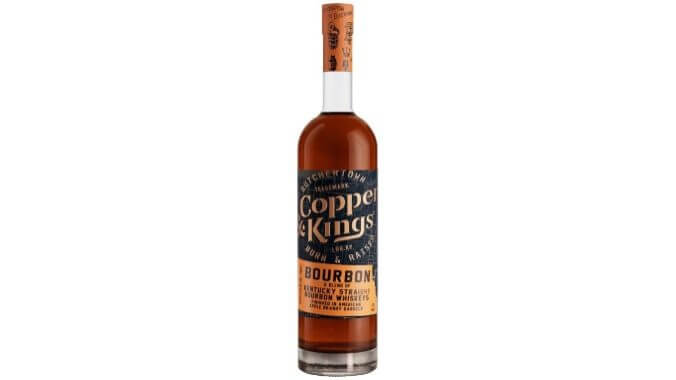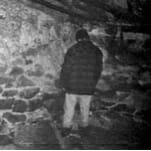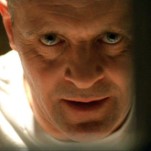Copper & Kings Bourbon Review
Photos via Copper & Kings
It will likely not surprise one to learn that Louisville, Kentucky isn’t exactly a difficult place to find whiskey in. Beyond the big name distilleries that call the immediate Louisville area their home, there’s a swatch of microdistilleries making bourbon and rye here, in addition to brewers and distillers focused on other products. Bourbon is ubiquitous; people expect to find it wherever they go. And for a small distillery like Copper & Kings, that means playing the game and meeting people where they are. The brandy-focused distillery, tasting room and restaurant recently made the jump, releasing their first Copper & Kings Bourbon, while fusing their production techniques with their brandy focus.
Copper & Kings had already been a member of the Kentucky Bourbon Trail, but can now offer the real thing, made on-premise. Their debut bourbon is a sourced product, unsurprisingly, from three different mashbills that range from 10-21% rye. More genuinely surprising is the fair amount of quite well-aged whiskey included in that blend, which is 64% 5-year-old bourbon, 24% 10-year-old bourbon and 12% 15-year-old bourbon. That’s a pretty generous portion of extra-aged whiskey for what could easily have just been a modestly aged selection. Nor is Copper & Kings done with just blending, as the product is then finished in the company’s American Apple Brandy barrels for another year. During this period, it’s also bombarded with noise in a process the company refers to as “sonic aging,” which can’t help but recall Metallica’s use of similar principles for their BLACKENED Whiskey. In Copper & Kings’ case, they describe the process as the following:
We have 5 major sub-woofers in our basement maturation cellar. The principle of Sonic Aging (maturation) is not vibration but PULSATION. We pulse (a bass note in particular) music through the cellar. The alcohol molecule being less dense than a water molecule starts to move away from the pulse, and collide with other alcohol molecules inside the barrels which eventually collide with the barrel wall, they slide up the wall, which starts to create a “distillate wave” inside the barrel resulting in increased frequency of contact over time between the distillate with the barrel walls and in our opinion enhances maturation.
Well alright then. It remains to be seen what kind of character this yields, exactly, but the resulting bourbon blend is bottled at 55.5% ABV (111 proof), with an MSRP of $65. And honestly, given the average final age statement, proof point and apple brandy finish, that seems like a more than fair price point, particularly for a small distillery.
-

-

-

-

-

-

-

-

-

-

-

-

-

-

-

-

-

-

-

-

-

-

-

-

-

-

-

-

-

-

-

-

-

-

-

-

-

-

-

-








































